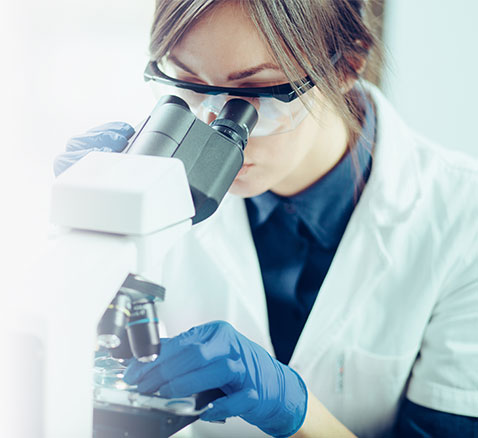Drew Hanzlicek, DVM, MS, DACVIM (SAIM)
At a Glance – Key Takeaways
- It is a potentially life-threatening fungal-like infection.
- Dogs and cats can get pythiosis anywhere in the U.S.
- Dogs most often have skin or gastrointestinal disease where cats most often have skin disease or disease just below the skin (sub-cutaneous).
- It is not contagious to other animals or humans but is acquired from the environment.
- Skin disease requires surgical resection followed by medical treatment.
- GI disease might require surgery followed by medical treatment or just medical treatment in certain cases.
- A blood test can help diagnose and help monitoring of response to treatment
Overview
Pythiosis, caused by Pythium, is a fungal-like infection affecting primarily dogs, but cats and other animals can also be infected. Pythiosis is found on multiple continents around the world and can be diagnosed anywhere in the U.S. Pythium likes warm temperatures and is most common in southern states. Pythiosis is not contagious to other animals or humans, but occurs when a dog or cat wades in, or ingests, water where Pythium lives. Pythiosis most commonly infects young animals (<5 years) which could be due to the fact that they are more likely to roam around and wade in water. If other animals are showing signs of illness, or if you have concerns, it is important to talk with your veterinarian. Early diagnosis can help with successful treatment. If you have concerns for yourself, or other people in the household, you should talk with your physician. Clinical Signs
Infection most often causes disease of the skin or GI tract. While cats are less likely to be infected as compared with dogs, it is important to consider pythiosis in both species. Clinical signs of GI pythiosis can be vomiting, diarrhea, blood in the stool, straining to defecate, weight loss, and decreased appetite and energy. Animals can have GI pythiosis for months without any signs. Skin pythiosis causes non-healing wounds that ulcerate and have draining tracts (small holes with fluid coming out). These are most common on the limbs, belly, and on the rear end, but can occur on any location. Cats can have masses below the skin (sub-cutaneous) without ulcers or draining tracts.
Diagnosis
Pythiosis causes inflammation that can be seen on tissue biopsy samples, but this inflammation is similar to that caused by many diseases. Pythium organisms can occasionally be seen in tissue samples, but cannot be differentiated from many other related organisms that appear similar. A blood test, developed at MiraVista Diagnostics, can help diagnose pythiosis. It is highly accurate in both dogs and cats. The same test can be used to help monitor treatment.
Treatment
Treatment for skin pythiosis includes surgical removal. This is followed by medical treatment. Medical treatment includes a combination of antifungal and anti-inflammatory medications. Some cases of GI pythiosis don’t require surgery. In either case, the medications are given long term, generally for at least 1 year. Improvements are slow initially, but most animals have noticeable improvements at 1 month and even more at 2 months. All medications have potential side-effects, and this is true for antifungal and anti-inflammatory medications. Close monitoring for medication side-effects and for response to treatment is vital. This requires veterinary visits for repeat physical examinations and routine lab work. In addition, a blood test (Pythium antibody) can be used to help monitor treatment. Antibody levels decrease with successful treatment and normalize as the disease resolves. The same test is used whether surgery + medical or just medical treatment is needed.
Pythiosis is difficult to completely clear. When antifungal treatment can be stopped, it is important to continue to watch for signs of illness and talk with your veterinarian if you have any concerns. Repeat veterinary visits including physical examination, routine lab work, and antibody testing is important to help detect a relapse. Like the initial infection, relapses are treated with antifungal and anti-inflammatory medication.

